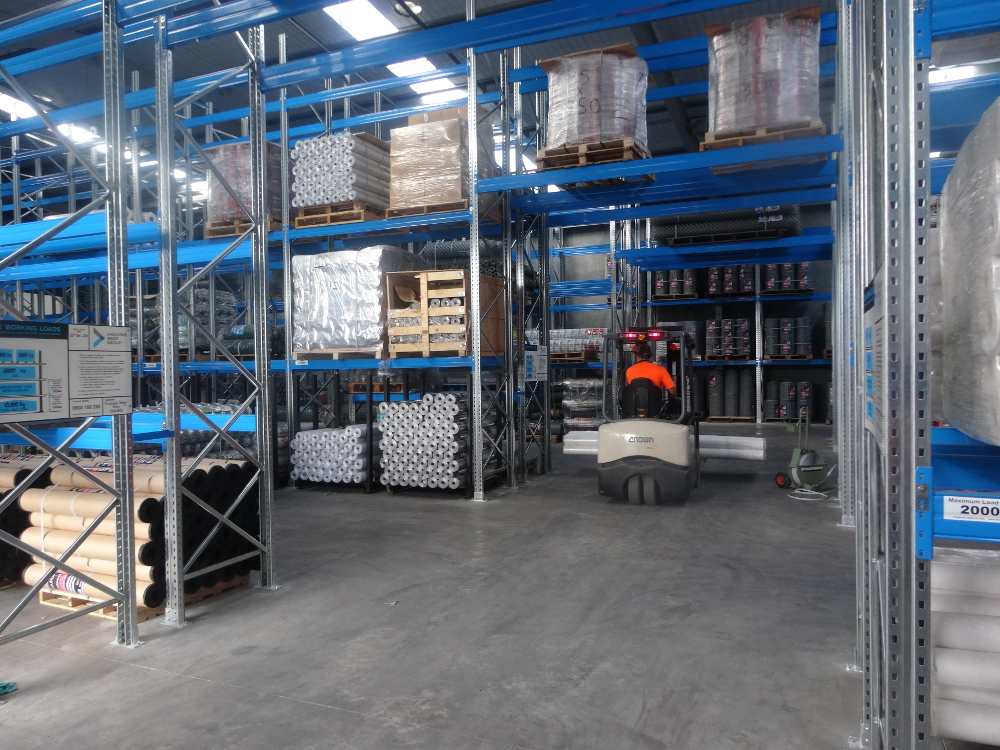Home / Racking and Shelving Insights / Warehouse Safety: Dealing with Common Hazards

Warehouses are busy and lively places. However, with the operation of heavy machinery, hazardous materials, and transporting stock, warehouses can be dangerous places to work. With increased productivity comes increased risks of injury, especially when safety checks aren’t rigorously implemented, and warehouse safety audits are overlooked.
To avoid workplace accidents and maintain a safe environment for your employees and equipment, here’s a list of common warehouse hazards and advice on how to manage them.
Forklifts are a common sight in warehouses and storage facilities. However, they can cause severe damage to property and serious injuries to operators and nearby workers when operated incorrectly. For instance, a forklift was involved in the death of a worker in South Auckland last September.
Basic forklift safety tips include:
Being crushed or pinned between a forklift truck and the loading dock is one of the worst accidents that happen to warehouse workers. This typically occurs when a forklift falls off the dock and hits an employee.
Forklift operators need to pay extra attention when driving on dock plates. Ensure all dock edges are safe enough to support heavy loads and clearly marked. Additionally, warning signs will prevent unauthorised staff from walking near the docks.
Conveyor belts are commonly used to transport goods, carrying them along a fixed route. The main hazard of a conveyor belt is workers caught between the belt and rollers, or when falling objects strike them. Guard rails and barriers between the conveyor belt and workers provide added protection from the entanglement of clothing, hair or body parts. Additionally, follow proper lockout tag-out procedures during conveyor belt repairs or maintenance.
Improper stacking of loads on shelves or pallet racks can result in slip and trip hazards for workers. To prevent these hazards, keep aisles and passageways clear whenever possible. Place and position loads evenly on shelves and stack heavier materials on the lower or middle shelves.
For optimum safety, check out our checklist for pallet racking inspections.
Electrical power points in charging stations are increasingly popular because of the increase in chargeable lithium batteries for industrial use. Basic health and safety guidelines are enforced to avoid electrical faults that can cause a fire.
Make sure fueling stations are away from open flames, and that smoking is prohibited within the facility. Inspect fire extinguishers to ensure they’re in good working condition and are the correct type; for example, do not spray water on an electrical fire. Sinks and shower facilities should also be accessible to employees in case of fire or exposure to hazardous chemicals.
Are you still uncertain about the state of your facility after your initial safety check? Go beyond internal inspection and consult the professionals.
At Shelving Shop Group, we provide reliable and non-disruptive warehouse safety audits that comply with updated New Zealand standards. Our safety inspections are conducted by our certified auditors to ensure the integrity of your facility, providing you and your workers with peace of mind.
Contact us today to schedule an inspection with one of our experts.